Plants are a great way to declare love to someone, but it seems to us that there is no better plant for that than a series of hearts. Heart shaped plant!
The heart-shaped plant is ideal for all romantics who want to make their home an even warmer place. Around valentine’s day or on valentine’s day, it would be even better to read this article then, once again.
Just a single leaf from these plants looks truly wonderful. When you buy it for that special someone with love or just buy it for yourself, then is even prettier.
Some of them are even sold as leaf cuttings. That is how beautiful they are. Even if you just want to have fun while gardening, they are a perfect choice.
1. Devil’s Ivy-Another Plant Love For Your Home
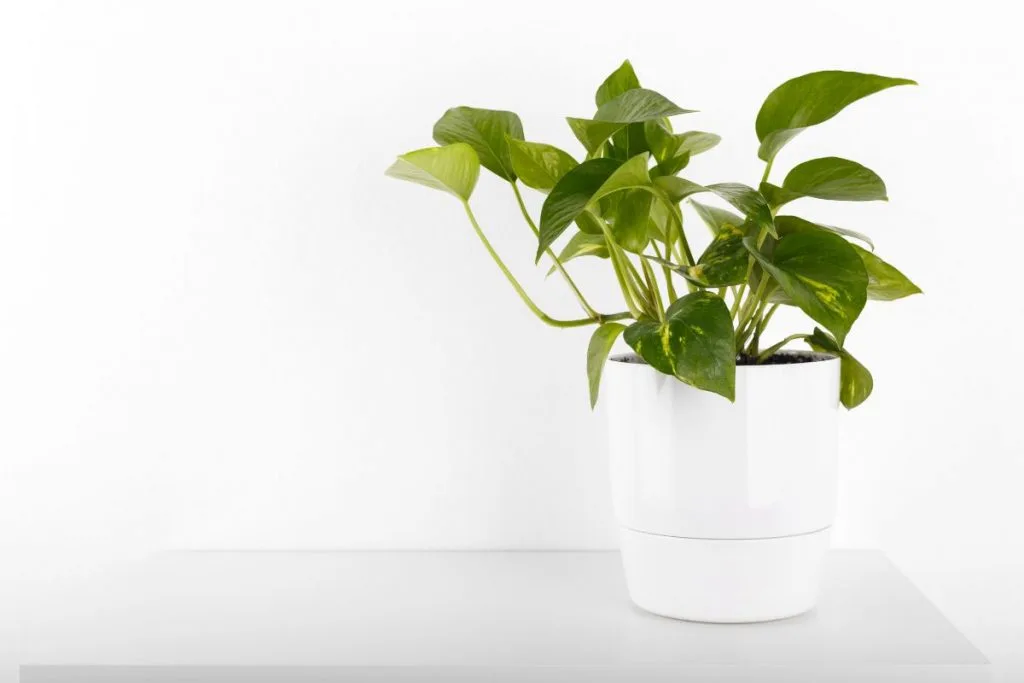
Devil’s ivy (Scindapsus/Golden Pothos) is a plant for every home. Because it moisturizes and purifies the air of toxic particles, which is a special benefit in the coming winter days.
– It originates from the humid, tropical, Solomon and Southeast Asian islands, where it grows attached to the bark of the host tree as a perennial climber.
– Because of its tropical native habitat, this plant likes direct sun exposure now and then. However, it grows best in bright light. Scindapsus aureus is very widespread in our apartments. Whose leaves are dotted with bright yellow or almost white spots, which disappear if the growing conditions are not perfect.
– This means that the leaves should be cleaned regularly with a damp cloth. And that you should not use a gloss for the leaves because it harms the plants. To grow lush, devil’s ivy requires enough heat and moisture. So it often needs to be sprayed with lukewarm water.
– Place a bowl of herbs on the gravel. Pour water into the saucer, so that the level is not above the gravel. Water Scindapsus twice a week, but make sure the soil is dry before watering.
– If not, wait a day or two with watering. In the spring and summer, feed it every two weeks. If the pot has outgrown, transplant it into a larger one.
– In the pot in which you plant the devil’s ivy, at the bottom first put gravel or shards of a clay pot, for drainage, and then pour a mixture of soil for flowers with some sand and peat.
– Elongated shoots of the plant in the spring can be used as green cuttings. Cut a 4-inch gap under the leaves, remove the lower leaves, and insert it into a container of sandy soil or place it in a container of water. When it takes root, transplant it.
2. About Gorgeous Sweetheart Plant
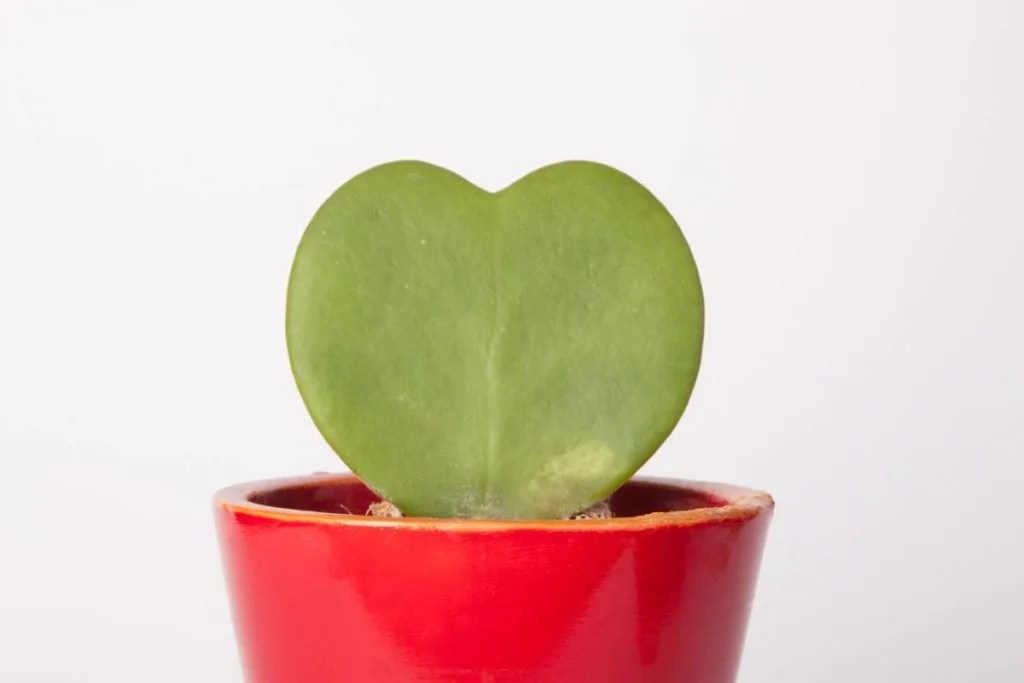
Hoya Kerrii is still known today by common names: Hoya, porcelain flowers, wax flowers, or Hoya Valentin. It’s a perfect plant for a small pot. Some call it lucky heart as well.
– The good news is that Hoya Kerrii needs very simple maintenance. You just need to water it every two weeks. Its leaves tend to crumple when they need water. When it comes to the right temperature, you can grow porcelain flowers in any room of your home.
– Sweetheart Hoya and its little green heart kerrii leaves grow in regions where the climate is warm and mild, with a minimum temperature of 60 F.
– If you have decided to grow this wonderful plant indoors, you still need to follow a few pretty simple rules. First of all, it is essential to set it up well.
Hoya heart can tolerate bright indirect light but avoids places where the light is direct as it can easily burn fleshy leaves. For example, a sunny window with a wind curtain will be an ideal choice.
– Do you like succulents? If your answer is yes, you will love the adorable Hoya Kerrii. We recommend combining it with other succulents with little water and strong light. Group five or more small plants and place them, for example, on a floating shelf.
– Carefully inspect the stems and choose the best one by cutting off a leaf with a slightly attached stem. Place it in a place where there is no direct light and let the edge harden and compress, for about a few days.
Then place the cuttings in a small bowl, along with a mixture of cactus and juicy potting soil. Place the heart-shaped leaf vertically with the stem down. Water lightly every week or two.
3. Flamingo Flowers (Read Heart Plant)
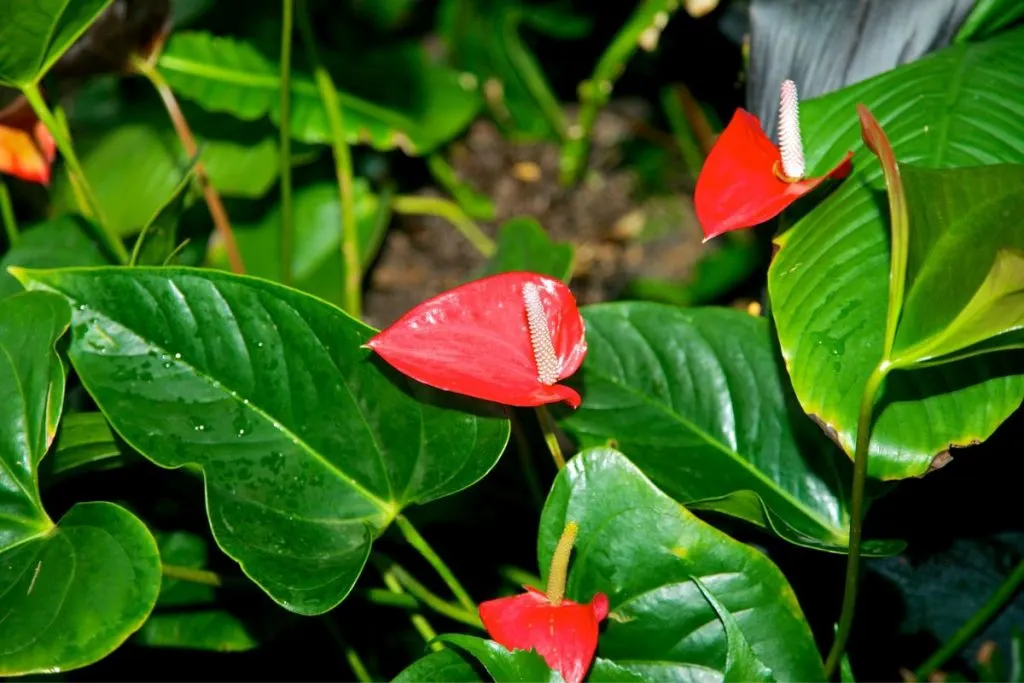
The flamingo flower (Anthurium) is one of the houseplants that attracts the eye. This tropical plant native to Central and South America, therefore, adorns many homes.
– The plant is recognizable by its large and shiny leaves and waxy flowers of bright colors. The most famous and common flowers are red, but they can also be white and pink.
– Due to the heart-shaped shape of the flowers, this plant is also called a plant with a heart. And it is a symbol of love and friendship.
It will suit her to stay at all levels of indirect light, but keep in mind that a plant that stays in a dimly lit part will have fewer flowers and will grow more slowly.
– The flamingo flower does not tolerate direct sunlight which can destroy its leaves. Therefore, bright, indirect light suits him best.
In terms of temperature, it loves heat and is happiest at temperatures ranging from 65 to 70 F. Make sure the room temperature does not drop below 55 F.
– Also, keep the plant away from drafts and hot radiators. Because it loves high humidity, this plant will enjoy bathroom space. It is one of the best bathroom plants that absorb moisture. Unlike its cousins, this isn’t a trailing plant and it doesn’t work well in a hanging basket.
– When it comes to watering, in winter it is enough to water it once a week, and in summer you can do it more often. Twice a week should be enough. Occasionally spray the plant with a sprayer so that it feels as if it is in its tropical region.
With proper care and regular fertilization, this plant can give new flowers throughout the year. However, there are usually cycles of quarterly flowering, followed by a few months without flowering.
4. Philodendron Hederaceum Heartleaf Philodendron
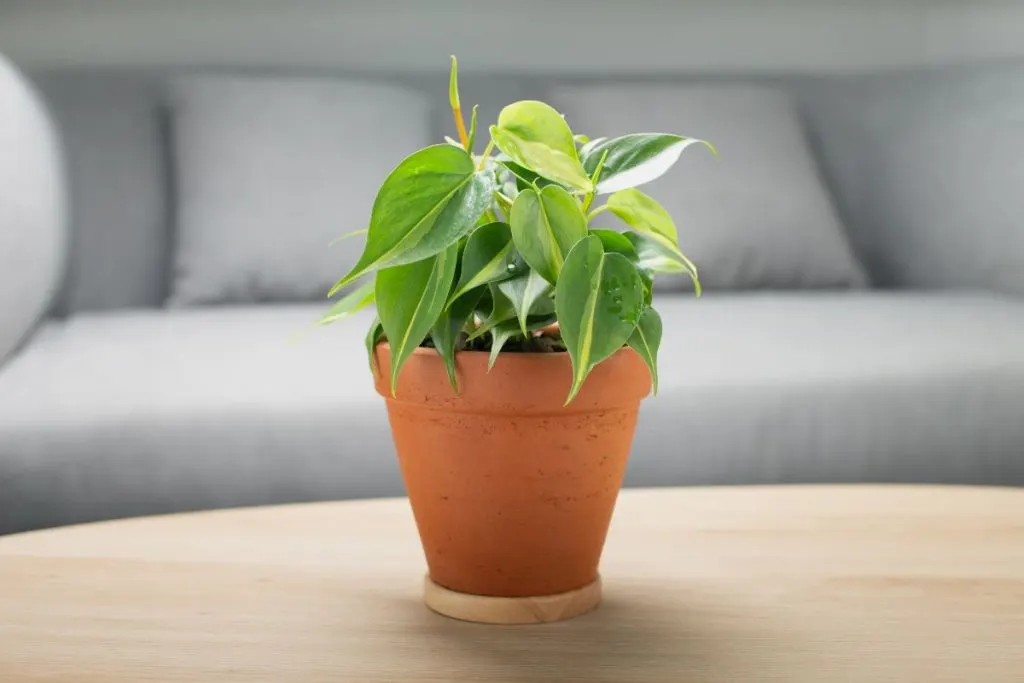
The classic variant of this plant is the all-green Philodendron Hederaceum, also known as Philodendron Scandens, and in jargon, it is also called heart-shaped philodendron.
– Make sure to protect it from the strong afternoon sun rays because the leaves will start to dry in the strong direct sun. Maybe its waxy-looking leaves don’t look sensitive, but they are.
–You can also keep it in front of the north window, but in that case, it is best to place it directly in front of the window to be able to absorb as much of that extra diffused northern light as possible. Don’t change it to different light conditions.
– It is best to water it when the first 2.3 inches of soil dries. You will appreciate this best if you feel the ground with your finger, on all sides of the plant. If you feel that the soil is still moist, do not water it for a few more days.
– So, if you are not sure when exactly to water, it is always better to let the soil dry first. Of course, don’t keep it without water for long.
One of the “problems” with hanging houseplants is that they can get too long for our space. The fun part is that you can shorten your Philodendron and prune it whenever you want. If you need to cut your Philodendron – do not throw cuttings.
– Like almost all houseplants, Philodendron Hederaceum likes to develop strong, thickened roots. Only when the roots look something like the picture, is it a good time to transplant your plant.
– Philodendron does not like wet soil for a long period, which is why allow the soil to dry between waterings.
5. Monstera
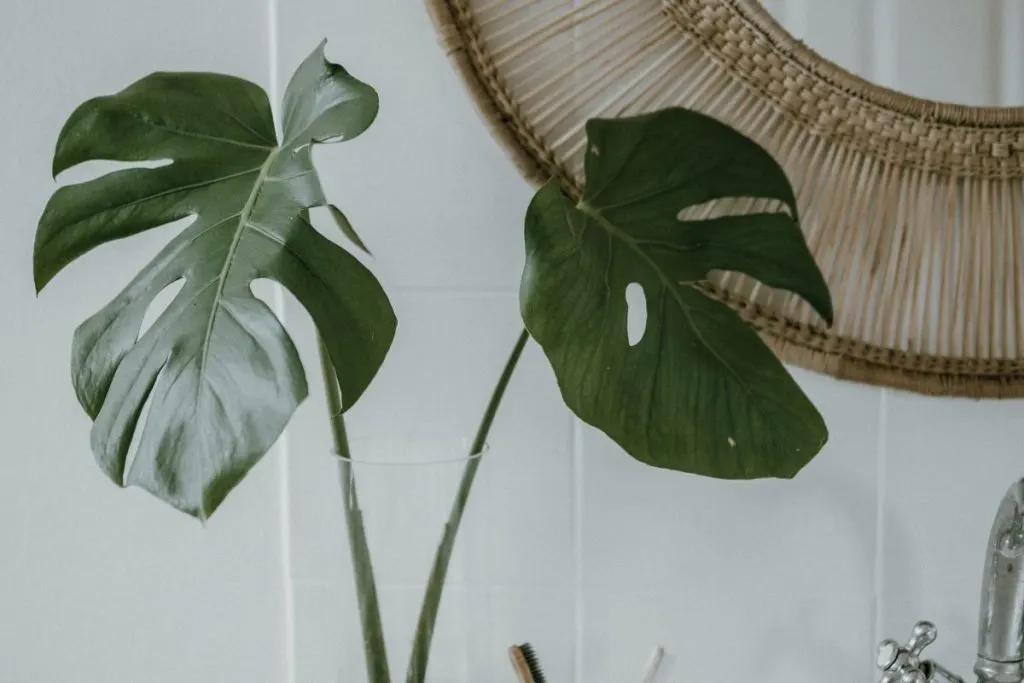
Monstera (Monstera deliciosa) is a creeping perennial from the family Kozlavechka. It is one of the most present families in the world, and its genera are widespread in tropical forests and are popular for their ornamental foliage and flowers.
– Monster needs to be watered once every two weeks, but the amount of water depends on the substrate. The plant is watered only when the substrate is completely dry, so it is best to use stagnant water and water around the roots.
– The monster is fed during growth, which is most often in the spring or early summer. For fertilizing it is good to use a universal fertilizer for houseplants in pellets or as a liquid additive during watering.
– Monstera is propagated from cuttings and the procedure is very efficient and successful. During the spring, we determine the young branch from which we want to continue breeding. It is important that the stem is healthy and that it has at least 5 leaves and an equal number of aerial roots. When cutting, it is necessary to use a sharp knife or scissors to get a precise cut.
– Mostera does not grow quickly, so transplanting should be done every 2-3 years. Also, transplanting encourages plant growth, so to avoid this, it is transplanted less.
–When transplanting, it is necessary to choose the same quality of soil in which the plant has been so far to reduce stress around environmental change.
Monstera loves humus-rich and rich soils that resemble tropical forest soils, so it is good to combine black soil with organic compost, such as leaves, during planting. It likes loose soil with good drainage, which retains moisture but not too much liquid.
6. Vine Plant In Your Living Room
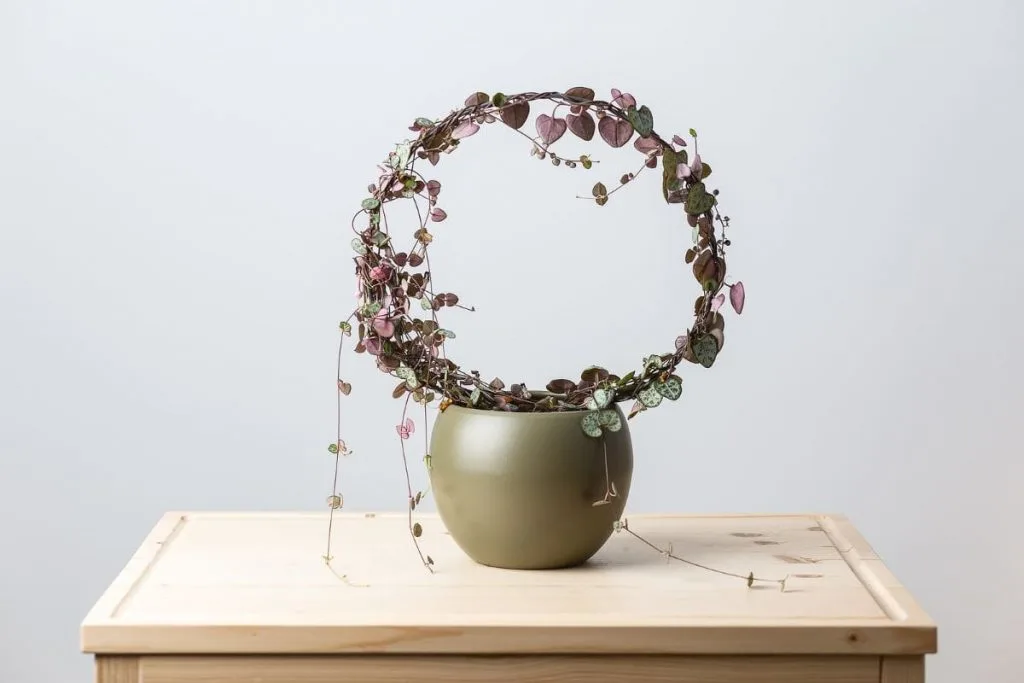
Although it is known in our country as a series of hearts, the real name of this wonderful plant is Ceropegia woodii. It is native to South Africa and warmer climates.
– It will look great as a decoration on a closet or shelf, and even better if you put it in a hanging bowl. Although not toxic to pets, ceropegia can easily fall victim to cat or dog play, so it is best to place it in a hard-to-reach place. You will also encourage young plants to grow in length if you let the stems hang out of the pot.
– It propagates very easily in water and grows just as fast in the ground. Like most succulents, it does not require too frequent watering and should allow the soil to dry between waterings.
– It does not require high humidity or too much light, but if it does not get enough light, the patterns on the leaf surface become less pronounced.
– It is the patterns on the leaves that are reminiscent of small hearts that make the plant irresistible, and if you take proper care of it, you will notice tiny oblong flowers that attract insects.
– As it is an African plant, you can keep it in the garden during the summer if it does not receive too much direct light, but be sure to keep it warm during the winter.
Also, make sure that the plant does not start to spread rapidly in the garden because it is a species that very easily become invasive.
– Once you release your long stems from the pot you can cut them off and replant them in the ground. You can then give the new plant to a friend and continue to spread the love!
7. Hoya Carnosa Is About To Bloom
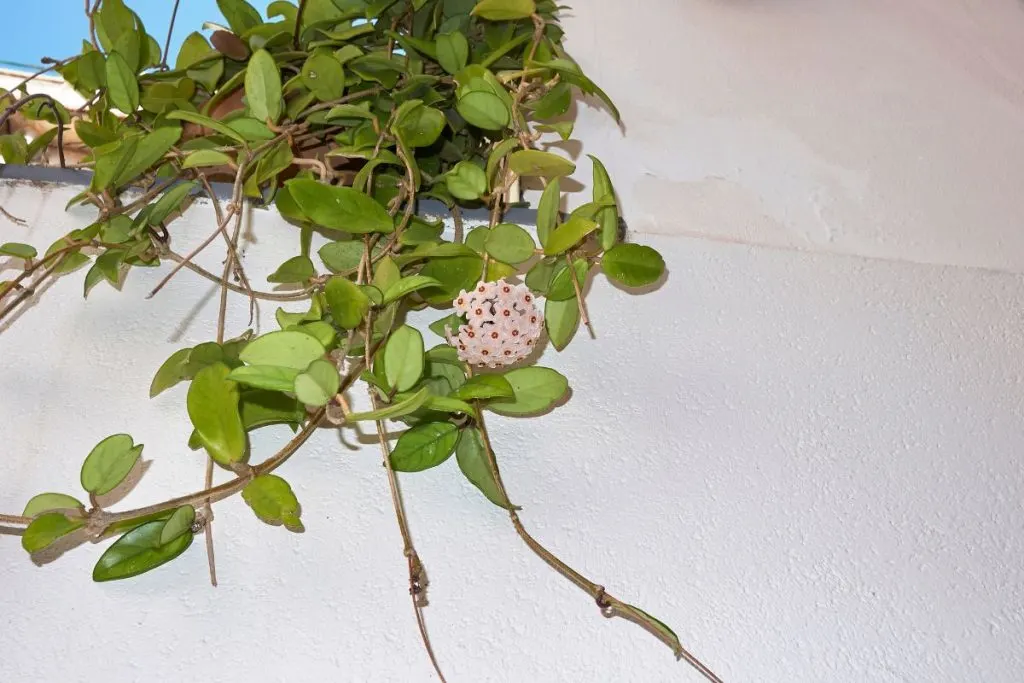
Commonly called wax flower (Hoya carnosa) is an evergreen climbing shrub from the evergreen family (Apocynaceae). The shoots are woody, several meters long, flexible, and greenish-brown in color. Its velvety leaves will make you fall in love with it.
– Hoya hearts can grow in the shade, but if the flower is missing, the soil should be permeable. In the phase of pushing the shoots to full bloom, water abundantly, while in the dormant phase we just moisten.
– Withered inflorescences are never cut off because the flowers are formed on short shoots of old wood and the older the plant, the more it blooms.
– In the flowering phase, we do not change the position of the plant so that it does not start to reject the flowers.
– We propagate by cuttings in spring or early summer. Cut off young, only slightly woody shoots 5 inches long and plant them in a mixture of peat and sharp sand. Keep them at a temperature between 55 and 65 F, and they need to provide enough moisture, which we can improve by covering the newly planted cuttings in a jar with a bag.
– It is transplanted when its roots exceed the size of a jar, usually every 2-3 years in the spring. When she starts to form flower buds it is not advisable to change her position as she could reject them.
– The plant needs to be provided with support so it can eventually grow. It tolerates dry air of warm rooms well, but if we keep it in an overheated room, it can be attacked by lice, and if its leaves become pale, it needs more light.
– Fragrance changing as they grow is a common thing, but aromatic compounds produced are very beautiful.
8. Make Some Space For The Arrowhead Plant
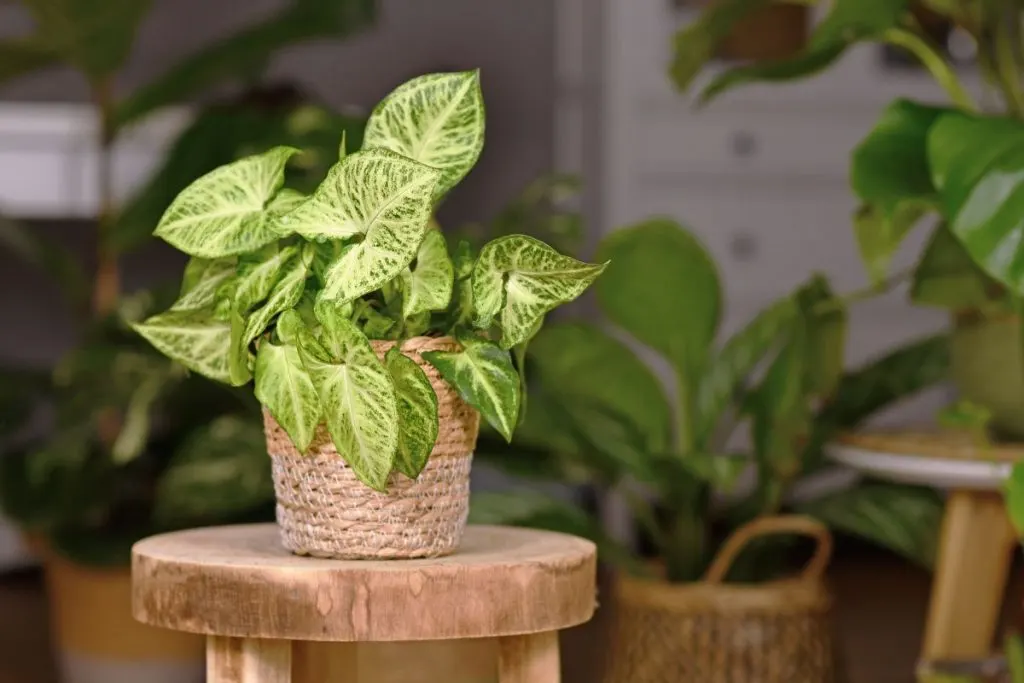
The arrow plant bears numerous names, including arrowroot, American evergreen, five-fingered, and nephritis. Although it can be grown outdoors in some regions, the arrow plant (Syngonium podophyllum) is usually grown as a houseplant.
– The arrow plant can be grown alone or on a mixed plantation for added interest. As the plant ages, however, it will begin to the vine; therefore it might be a good idea to grow the arrow plant in a hanging basket. Also, the plant can be trained on a pole or lattice for support.
– All in all, caring for arrow plants is fairly easy. The arrow plant should be allowed to dry between waterings. Although the plant enjoys little moisture, it should not be kept too moist, which can lead to root rot.
It prefers temperatures between 60 and 75 F but can withstand a wider range if needed. Proper care of arrow plants requires humid conditions, especially during the dry winter months.
– Fog the plant daily or place its container on a tray filled with gravel and water to increase humidity for optimal growth. The arrow plant can be fertilized monthly with a balanced fertilizer.
– The leaves are mostly green, but many varieties include colorful leaves of different shades. Highly colorful varieties require strong, filtered light.
– Average light and low light conditions are the norms for solid green varieties or those with less variegation. Keep them away from direct sunlight, as this will cause the arrow plant to burn or turn white. The arrow plant will occasionally tolerate low light levels.
– If arrow-shaped leaves are desirable, cut the climbing stems as they develop. The plant will take on a more bushy appearance, with fewer climbs, and the leaves will remain more arrow-shaped.
9. More Hoya Flowers (Hoya Obovata)
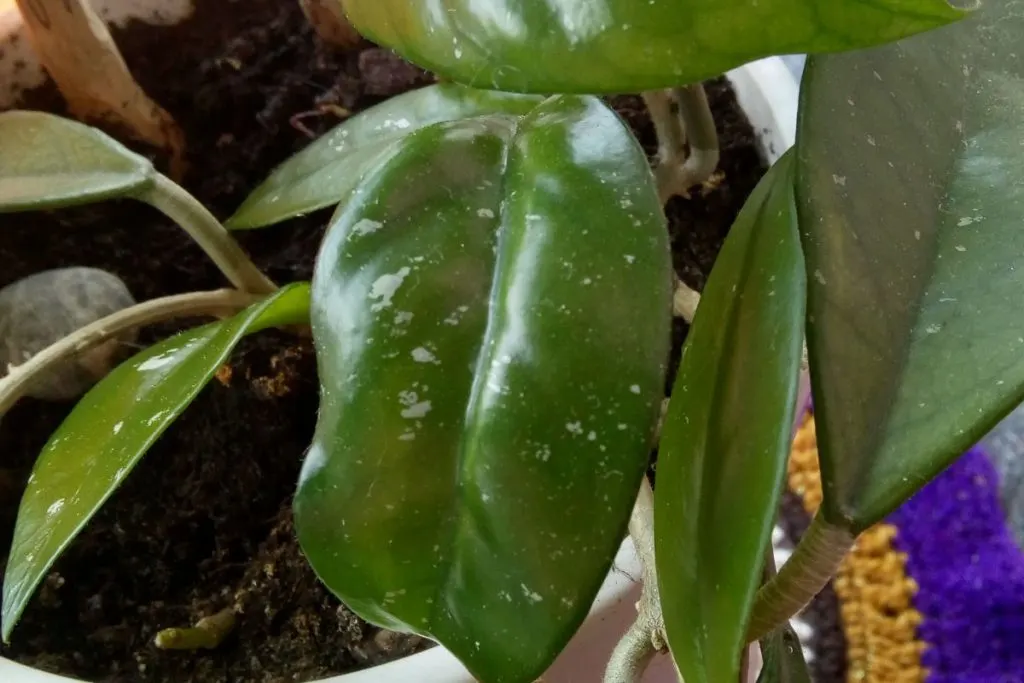
Most hoya flowers come from the dogbane family. In this family, there are some notable plants as well. Some of them are Plumeria, Golden trumpet, Periwinkle, and so on. It has lovely tropical succulent vines and once when it’s in your home, you’ll notice the difference immediately.
Hoya obovata is a unique hoya variety that is recognizable by its large, deep green oval leaves that often have a silver spray pattern.
– It is usually harder to find than the more common Hoya carnosa, but it is known to be a faster-growing variety. Due to its unique appearance, it is sought after by both collectors and beginners.
– Hoya obovata requires very little constant care and maintenance. They thrive best on bright, sunny windows and require infrequent watering. One important aspect of hoya care is proper fertilization. These fast-growing leaves benefit from regular fertilization during the summer months.
Hoya obovatas require consistently bright light to thrive. In their natural habitat, they grow among trees and receive bright, bright light. If grown outdoors, keep plants away from sharp direct rays as they can burn.
– Airy, well-drained soil mixtures are best for hoya obovata plants because the roots require good drainage and aeration. A mixture of peat, perlite, and orchid bark is popular for walking because it provides proper drainage and root space.
– Hoya obovatas are very sensitive to excessive watering and should be allowed to dry thoroughly between waterings.
– The frequency of watering your hoya obovata depends on various factors, such as the amount of light it receives, the type of pot in which it is planted (plastic, ceramic, terracotta), the mixture in which it grows, and the season.
– To encourage leaf growth, use a fertilizer that contains a lot of nitrogen. If you notice that your hoya will bloom soon, switch to a fertilizer with a higher phosphorus content to encourage strong flowering.
10. Cyclamen
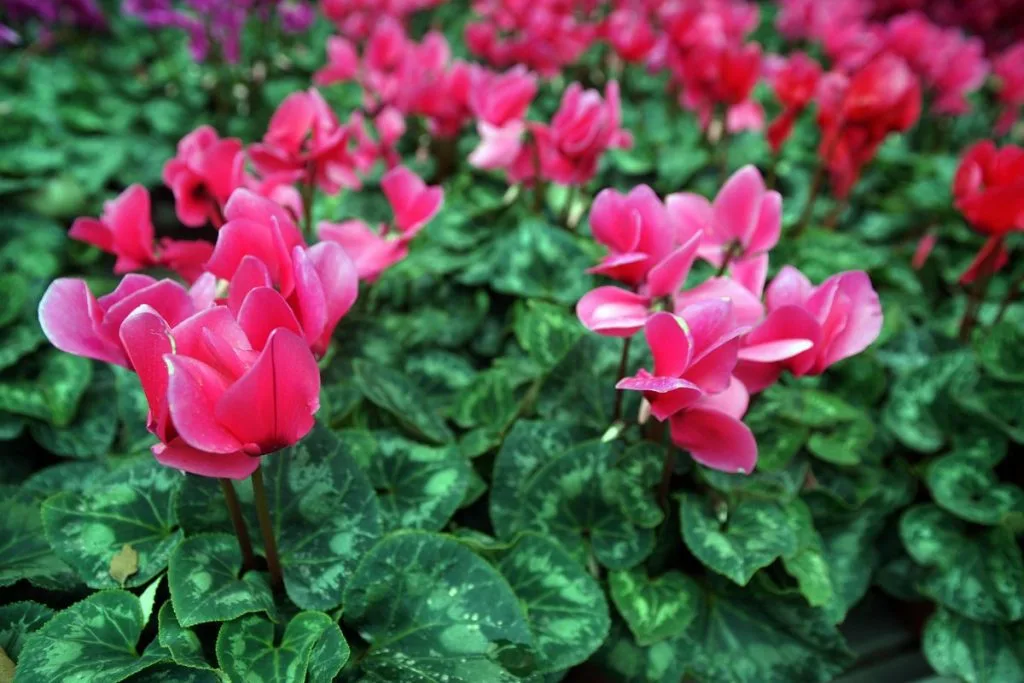
Cyclamen (Cyclamen persicum) is the most sought-after winter-flowering pot. It belongs to the Primulaceae family and originates from the Mediterranean area, Asia Minor, and the islands of Rhodes and Cyprus.
– It blooms profusely in a wide range from white, pink, red, and purple, all the way to a two-tone combination and a curly edge of petals.
– Careful watering and regular removal of wilted flowers and yellowed leaves are important. During flowering, regular fertilization is required once a week.
– True cyclamen lovers will try to maintain their cyclamen with proper care and enjoy its flower again next year. They naturally stop growing in the spring, so watering should be reduced. It needs a period of dormancy until the leaves dry.
– When the danger of frost passes can be placed in the garden, or balcony and not watered until mid-summer.
– When you start developing new leaves, the tuber should be transplanted and kept in a fresh and bright place with regular watering. It should be stored in an unheated room before frost.
11. Strings Of Hearts
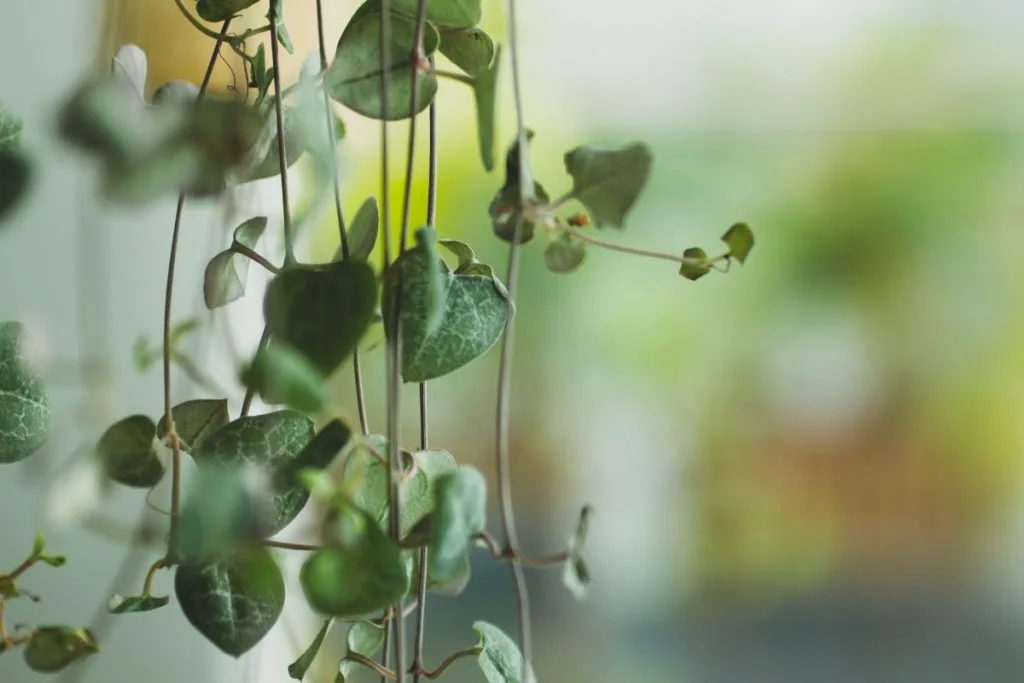
The vine of the rosary plant is full of distinctive personality. The habit of growth seems to resemble beads on a wire like a crown and is also called a string of hearts.
– A series of rosary hearts is native to Africa and makes an excellent houseplant. Caring for grapevine plants outdoors requires a place in USDA zones 10 and above. By the way, houseplants are a solution if you want to grow this funky little plant.
– The indoor flowers of the crown vine are old-fashioned closed greenery that enchants with its thick heart-shaped leaves and thin stiff stems. Use a pot with good drainage holes and plant a series of hearts in an average potted soil altered by a third of the sand.
– Keep this vine not too wet or prone to rot. Allow the soil to dry completely between waterings. The plant is dormant in winter, so watering should be even less frequent.
– Fertilize in the spring with half a dilution of food every two weeks. You can cut the wrong stems, but pruning is not strictly necessary.
– The leaves are slightly incised white on the upper surface, and purple on the lower. The stems are covered over a pot or pot and hung up to 3 feet. On the stems, small grain-like structures form at intervals between the leaves.
– The care of vine plants with a rosary is minimal, and down the heart has a high tolerance to heat and light. Choose the sunniest room in the house for growing vines Ceropegia crown.
12. Heart Leaf Fern To Make Your Room Prettier
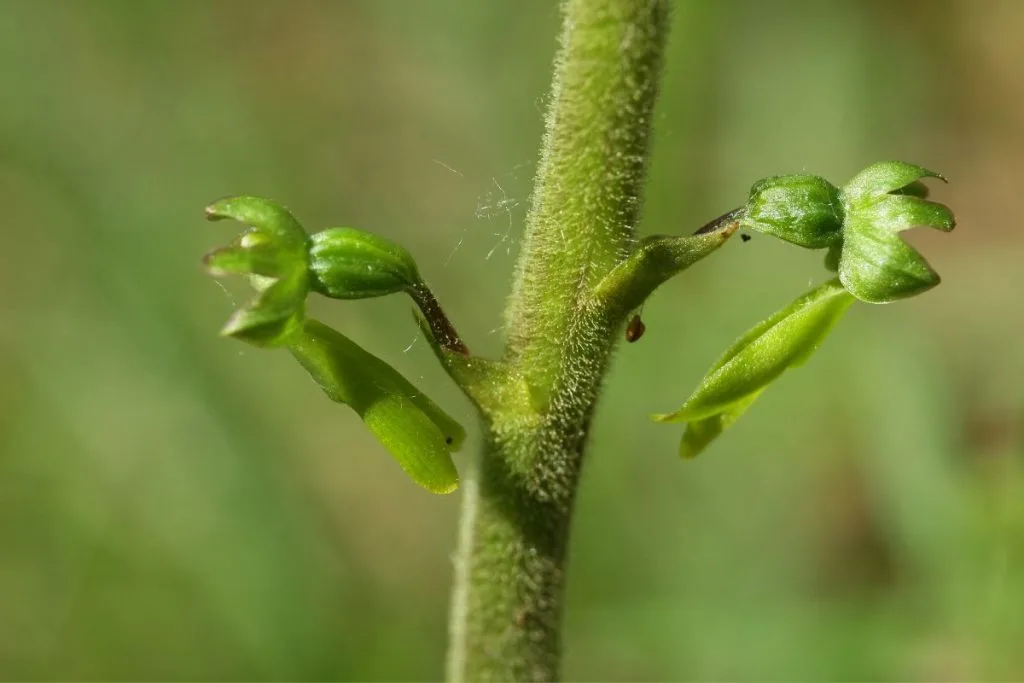
Neottia cordata is a perennial herbaceous plant from the Orchidaceae family. The stem is simple, erect, slender, tender, green or reddish-brown, slightly hairy at the top, and 7-8 inches high. The base is creeping and thin.
– The two leaves are located slightly above the base, almost opposite, broadly ovate to triangular, glossy, bluish-green on the reverse, entire and wavy edges, very short pointed at the apex, 2 inches long and 1.5 inches wide.
– The honey lip is three-lobed and the middle part is split. It blooms from May to July. Habitat It is widespread in Europe, Asia, and North America.
– It grows singly or in groups in shady places in forests, on moist, humus soils. It is a rare species and is a strictly protected plant. The name of the genus Neottia comes from the Greek word neottia (nest), due to the appearance of rhizomes resembling a nest.
– The name of the species cordata comes from the Latin word cor (heart), indicating the heart-shaped shape of the leaves.
Wrapping Heart Strings Up
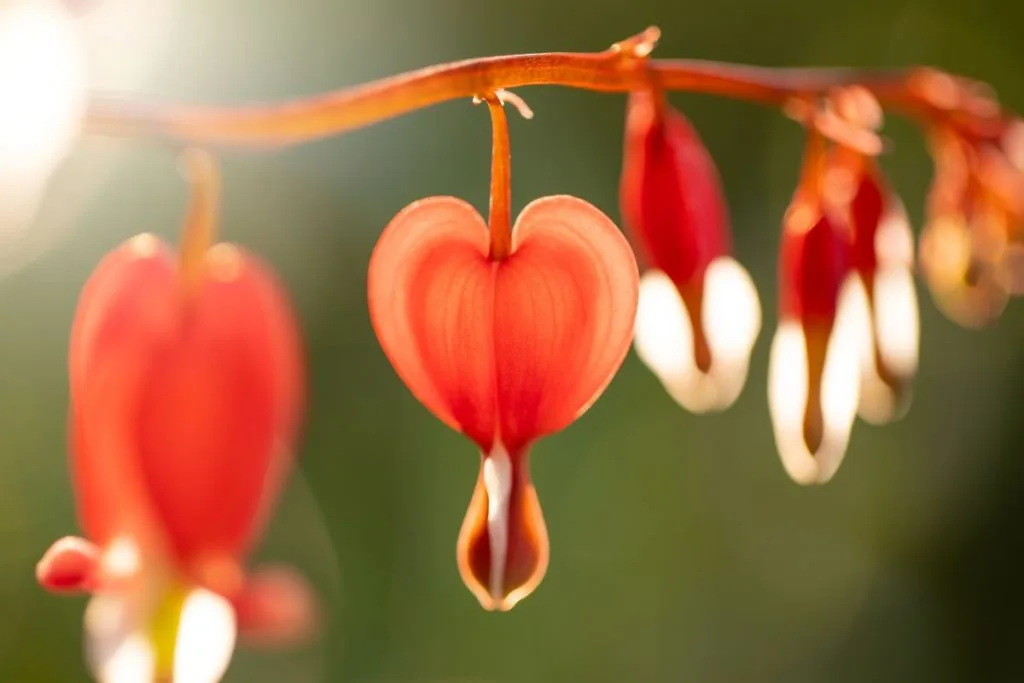
Now that we’ve mastered everything about the perfect gift for Valentine’s Day or any other day, it’s time to get yourself a copy.
Don’t make these plants an ideal gift just for Valentine’s Day. Saying to someone “I love you” or “I think of you” with flowers any other day is also nice.
Maybe with this ideal gift, you can also put a summary of a small instruction for plant care that we learned here today? This can certainly be useful.

